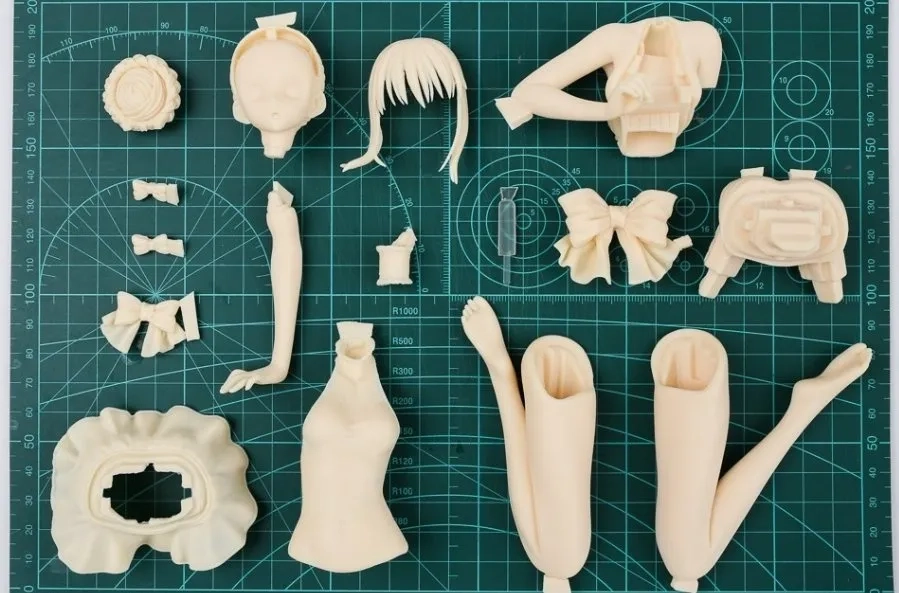GK, is an abbreviation of Garage Kit, A.K.A Resin Kit. You can guess its meaning from this term itself—This word originally comes from people in European and American countries. They usually regard their garages, backyards and other places as a working area for various businesses, such as the “garage rock” music culture in the late 1960s.
A brief history of GK
From the 1950s to the 1960s, some European and American individuals and even labels, who could not afford the expensive mold costs, began to use their own garages as studios, using various cheap materials such as resin, plaster, silica gel, etc. This is why the self-made models in the garage (studio) are called “Garage Kit”. However, Europe and the United States did not use the word GK at first, but “Japanese English” created after coming to Japan. Of course, it is grammatical to push back to English.
Now you may consider GK as a specific field for artists. But that’s not true. Many studios and labels are also making and selling them, most of which are about animation and games. So, it also welcomes anime fans and collectors.


Making procedure and main materials of GK
Early anime and pan-anime fans tried to use various materials to restore or recreate the characters, props, scenes, etc. There is a difference between hand-made works and masterpieces. Some people will seek to buy from well-done masters. There will be a market if there is supply and demand. However, such models are basically personal works, and they are often unique. It takes a lot of time and material costs, and most of the production process is difficult to replicate, but what can be replicated and quantified relatively easily is the semi-finished part that has not yet been colored. This stage is what we often call gray mold or white mold.
These semi-finished products have been turned over molding-a process in the production, which is to make a mold for the original and copy it. What comes after that is GK. In fact, GK still needs to be polished, assembled, and painted before it can produce finished products.
PVC, ABS, resin, polystone, and cold casting are all materials that GK will use. But the actual choice will be based on the quantity needed, the expected degree of painting, the consideration of the material of model accessories, the price of materials and other factors. Generally, large-scale collectible works are made of polystone and resin. Although these two materials are brittle, they are more durable than PVC, can accommodate more details, and can maintain well after being placed for a long time. PVC is cheaper and relatively cost-effective. It is often used by enthusiasts to make relatively simple, single-person model works.
GK of Anime & Games
GK itself was born from the hands of animation, film and game lovers, so it is self-evident that it has a close relationship with cultural industries such as animation and games. There are many studios that make GK of anime characters and scenes. GK of highly popular classics such as One Piece, Naruto, Bleach, and Dragon Ball has always been very popular.
What’s more, every year’s popular new works will not be missed, such as Demon Slayer, Chainsaw Man, and Spy X Family. These works have also spawned a variety of GK works.

